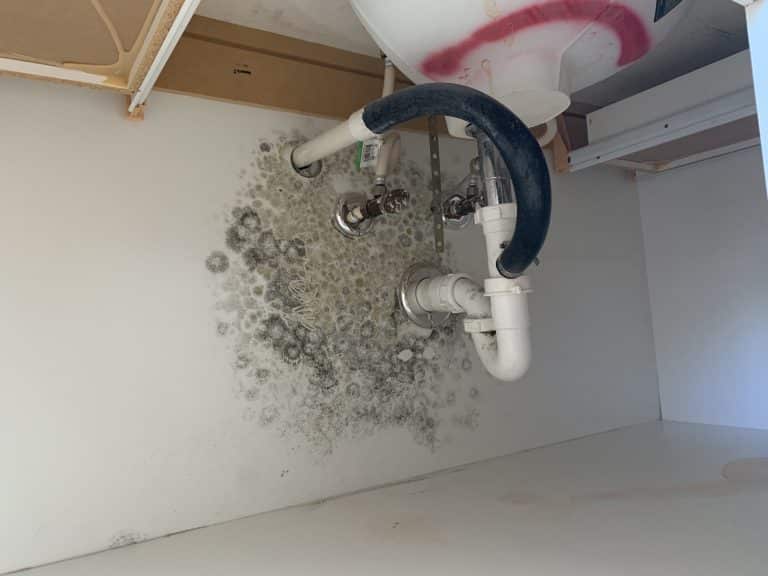Often, you can smell mold before you see it. Even if you have never smelled it before, there’s a distinctive odor that is musty, stale, dirty. Approach it this way: if your home never smells that bad, consider mold as the likely culprit.
There’s no getting around it: Mold is ugly as well as smelly. It’s that dark splotch, fuzzy lump, or furry patch. It might be black, white, orange, gray-green, olive-green, brown, yellow or blue—colorful but not pretty! Sometimes you see the effects of mold rather than the mold itself: Bubbling, peeling paint or wallpaper; warped, bulging walls; dark rings or spots on the ceiling or wall. That condensation on the windows or pipes? Condensation is the bearer of bad news: Your home is too humid, and humidity is a breeding ground for mold.
If you are sniffling, sneezing and wheezing only at home, it’s not likely hay fever, asthma or a cold. Mold is a notorious allergen. Your first warning may be your stuffy nose or watery eyes.
More than a sign, past water problems can be a cautionary tale. If you know your home has sustained substantial water damage (flood, overflows, backed-up sewer line), you can expect mold, usually in unexpected out-of-the way places, but near where the water problem originated.








